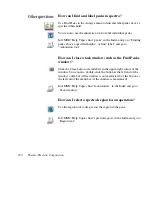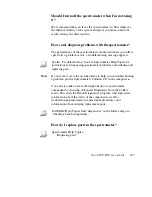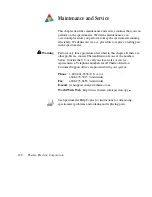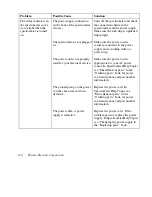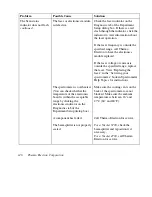
Aligning an accessory
You can also align accessories that mount inside a sample
compartment. (This practice does not include Smart Accessories,
which do not require alignment.) First align the spectrometer without
the accessory installed, as described in the preceding section. Then
set Sample Compartment on the Bench tab of the Experiment Setup
dialog box according to the accessory location. Set Gain to a value
that gives a signal intensity that is appropriate for the accessory.
ATR (attenuated total reflection) and diffuse reflection accessories
typically use a Gain setting of 2 or 4.
If you are not satisfied with the signal intensity after alignment, you
can manually align most accessories to maximize the signal. For
complete instructions, see the manual that came with the accessory.
When you manually adjust an accessory, watch the largest
interferogram peak in the live display on the Bench tab. The larger
this peak, the better is the signal intensity.
Note
The largest interferogram peak can be positive or negative.
S
If you are unable to see the display, turn on Tone on the Bench tab
before adjusting the accessory. The tone reaches its highest pitch
when the signal is maximized.
Checking
spectrometer
performance
You can use the performance test to track long-term spectrometer
performance. Run the test after you have installed the system and
then weekly. Keep a record of the actual values obtained. When you
run the test, the software measures the response of the spectrometer
optics and atmospheric absorptions inside the spectrometer and then
collects a “sample” spectrum with no sample in place. The result is a
“100% line,” a display of system noise that appears as a generally
flat line at 100% transmittance.
132 Thermo Electron Corporation



